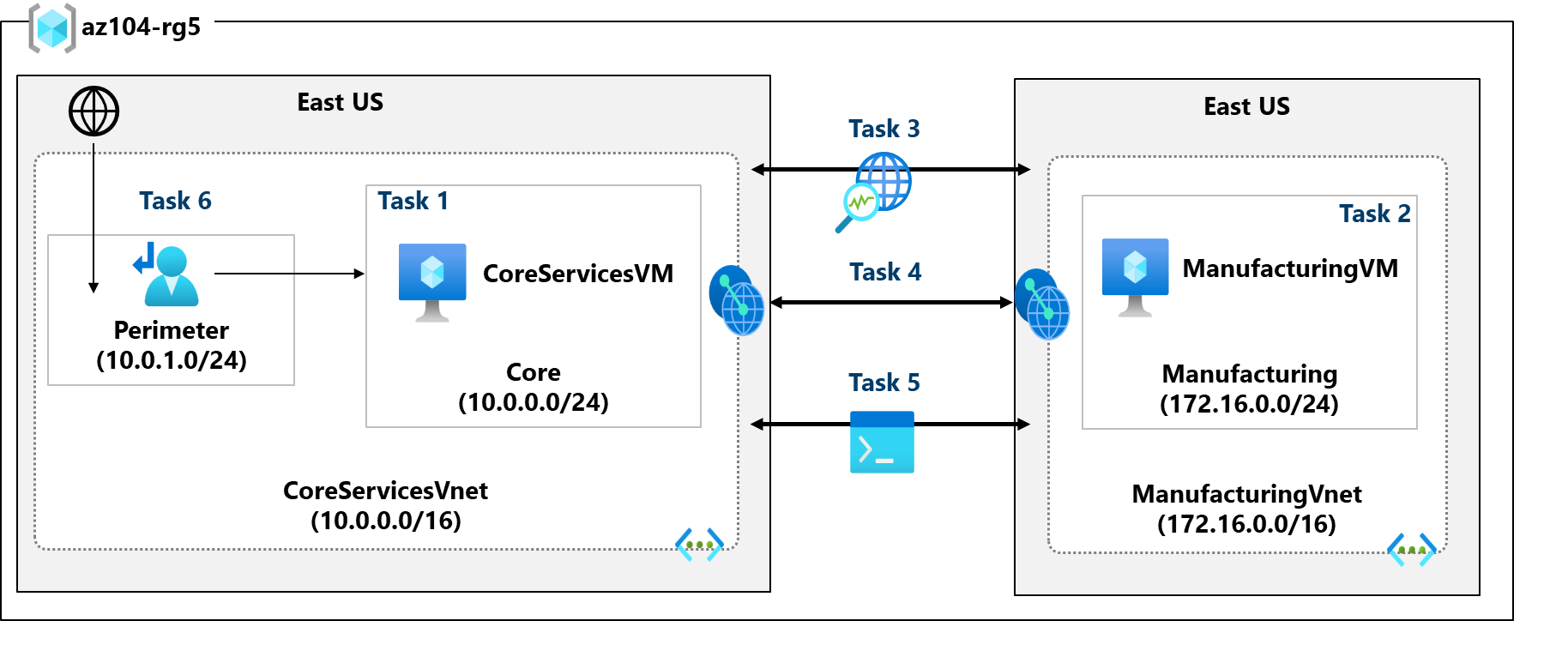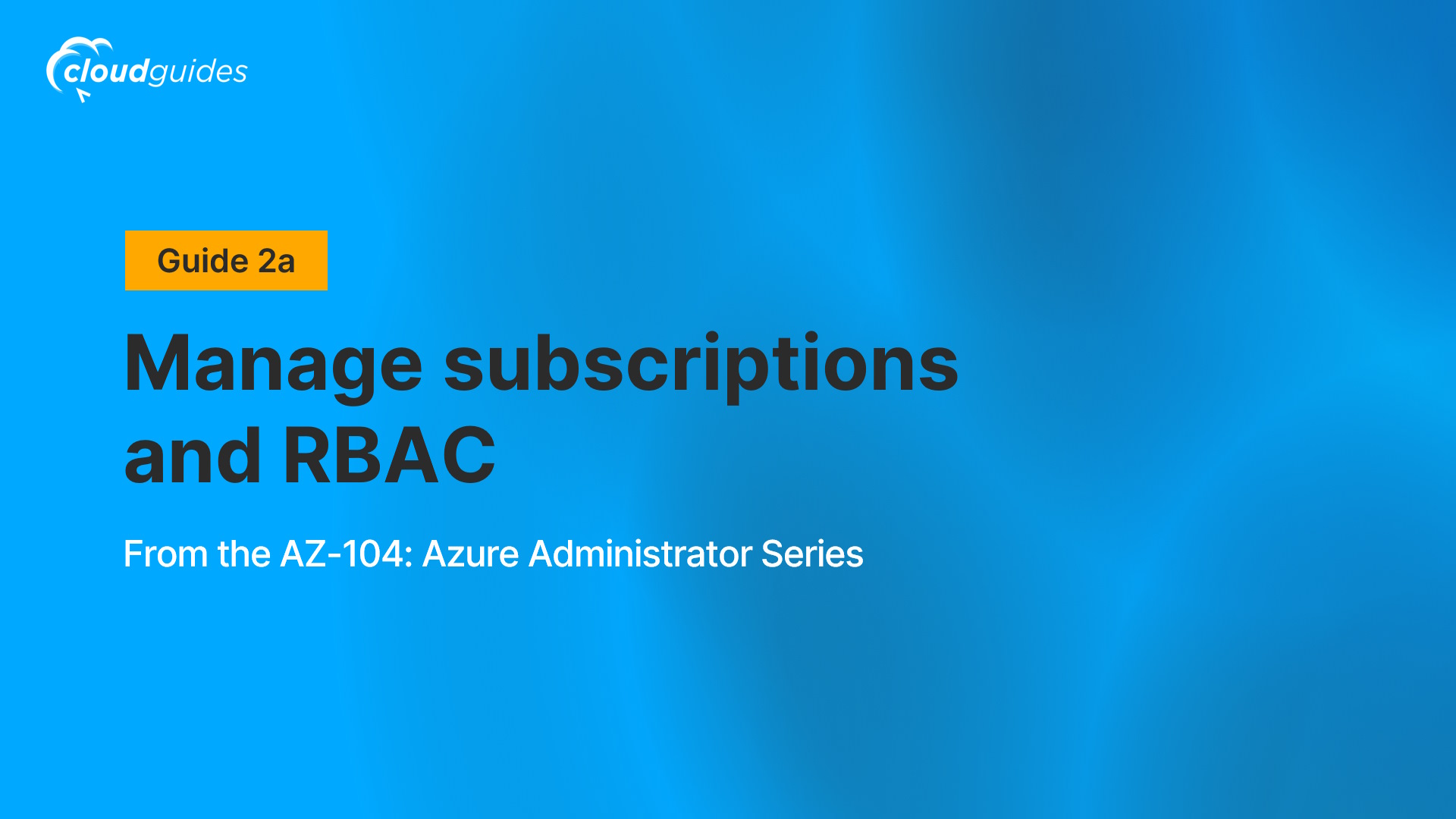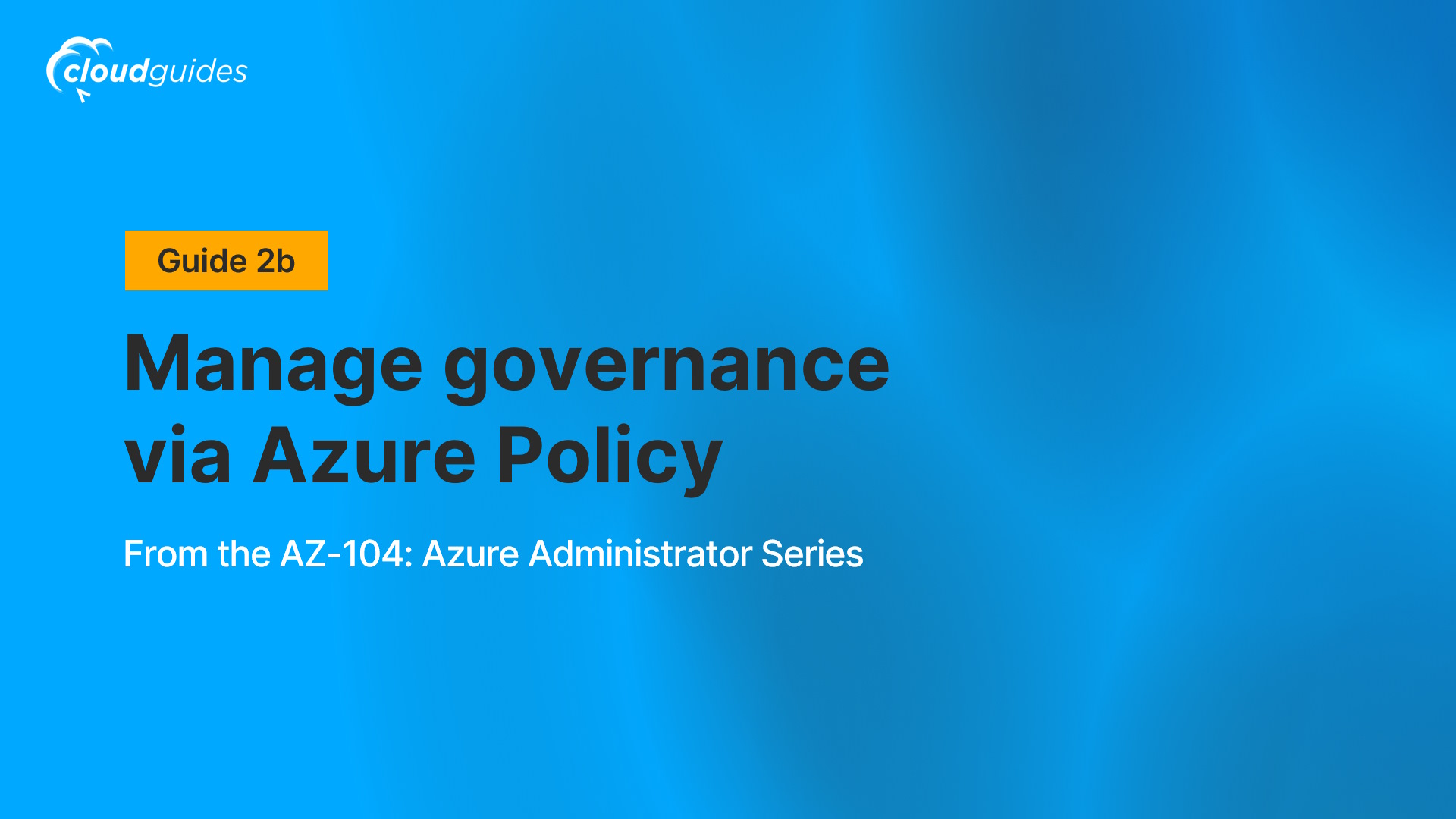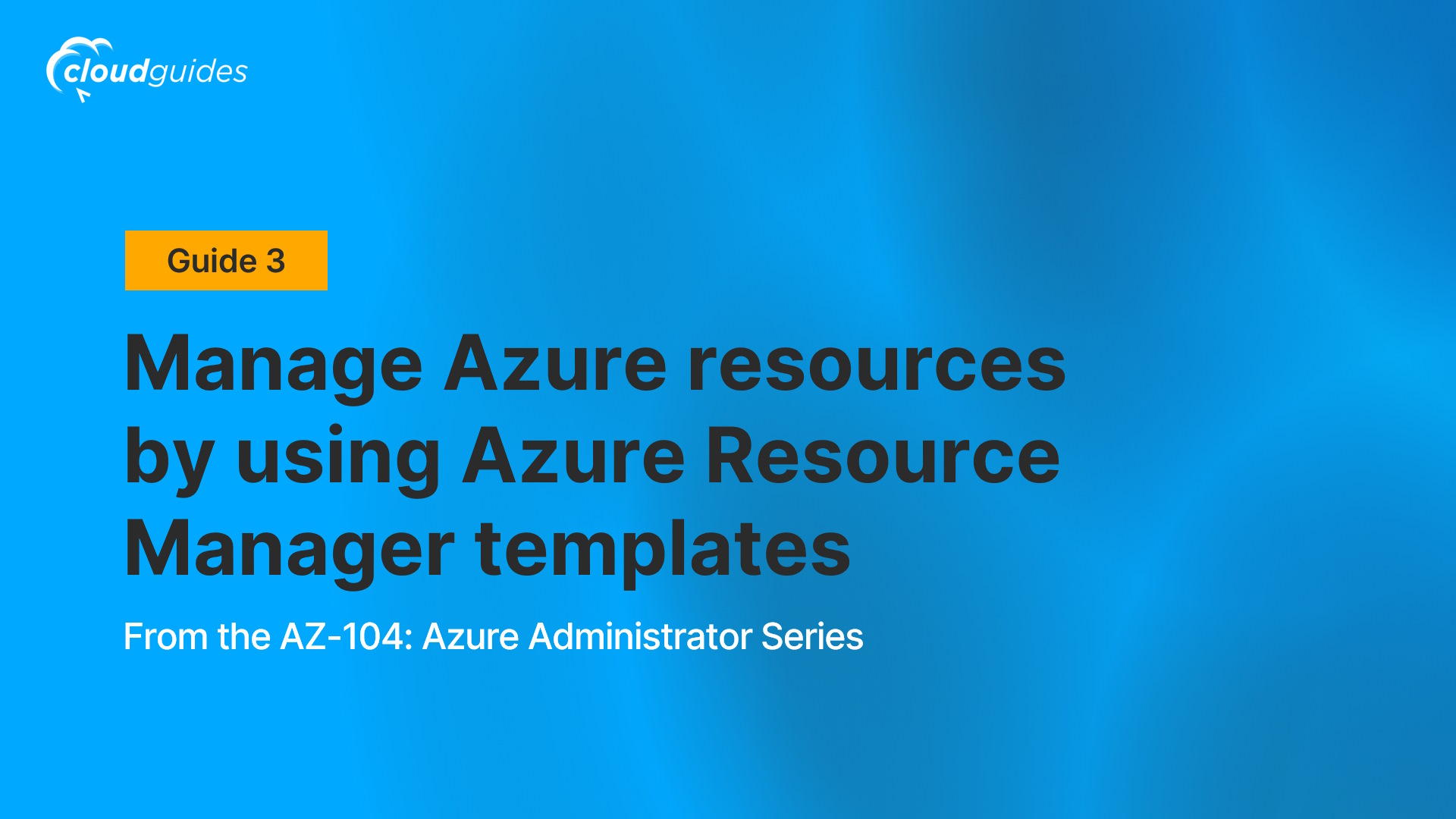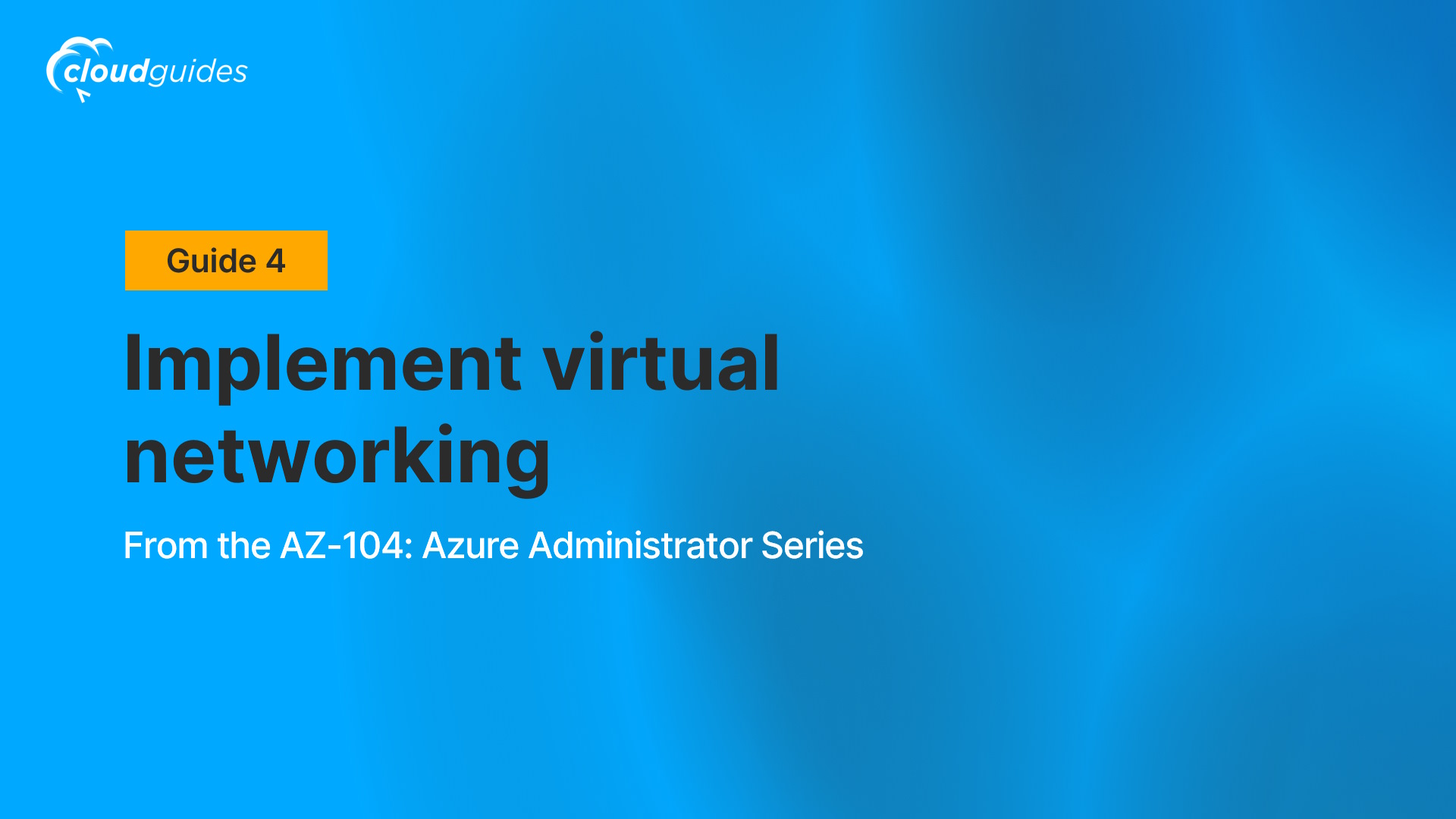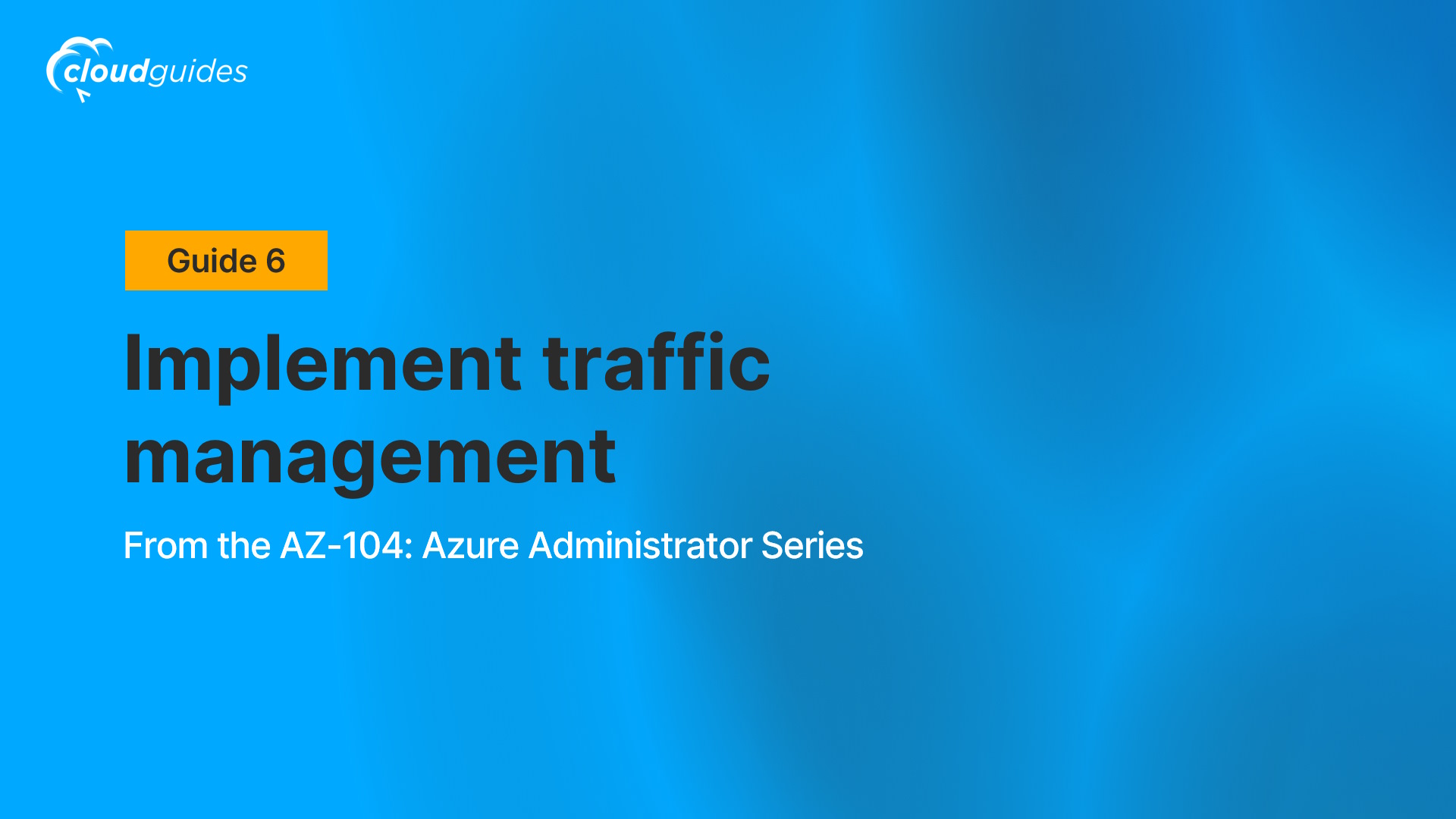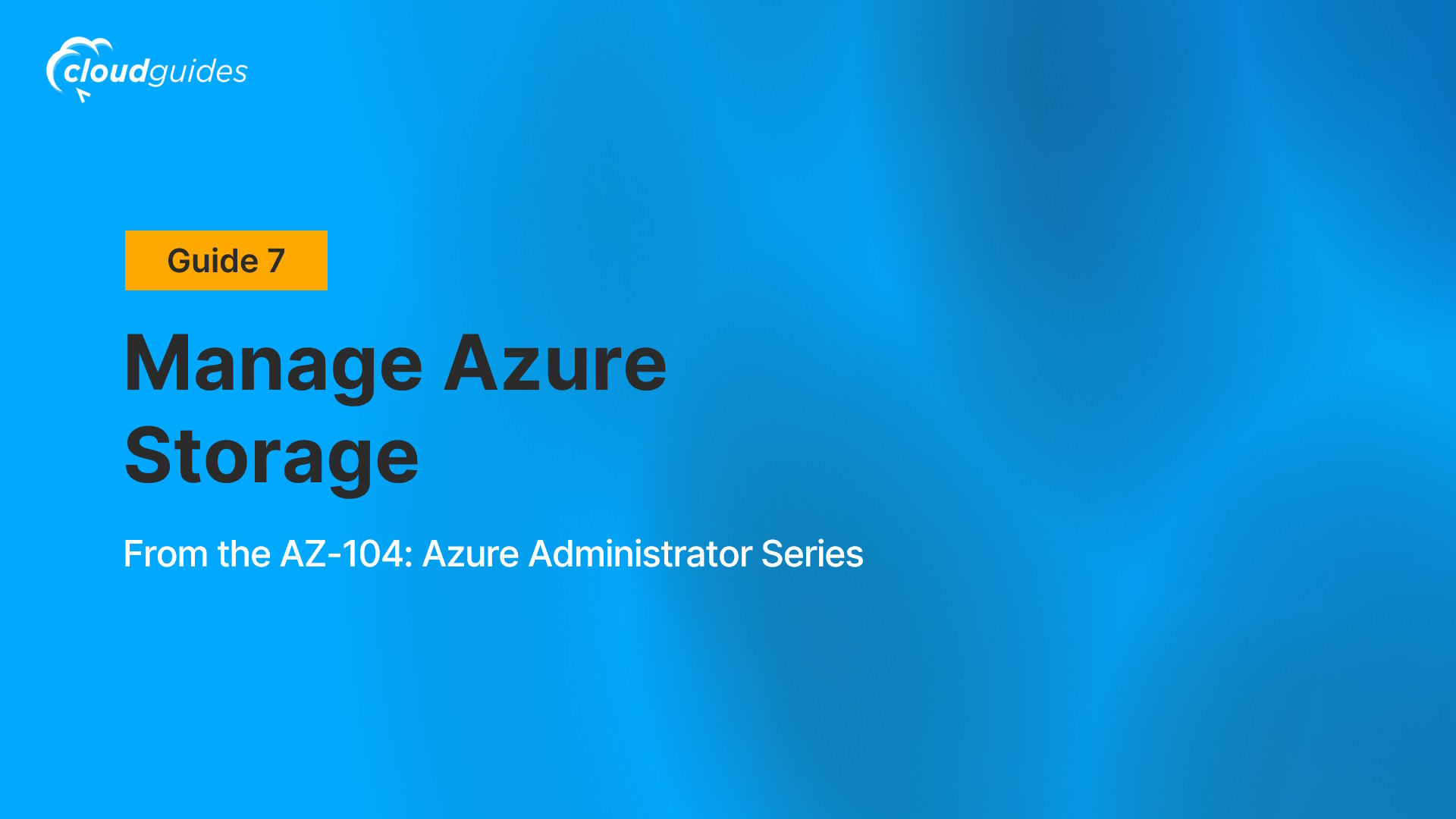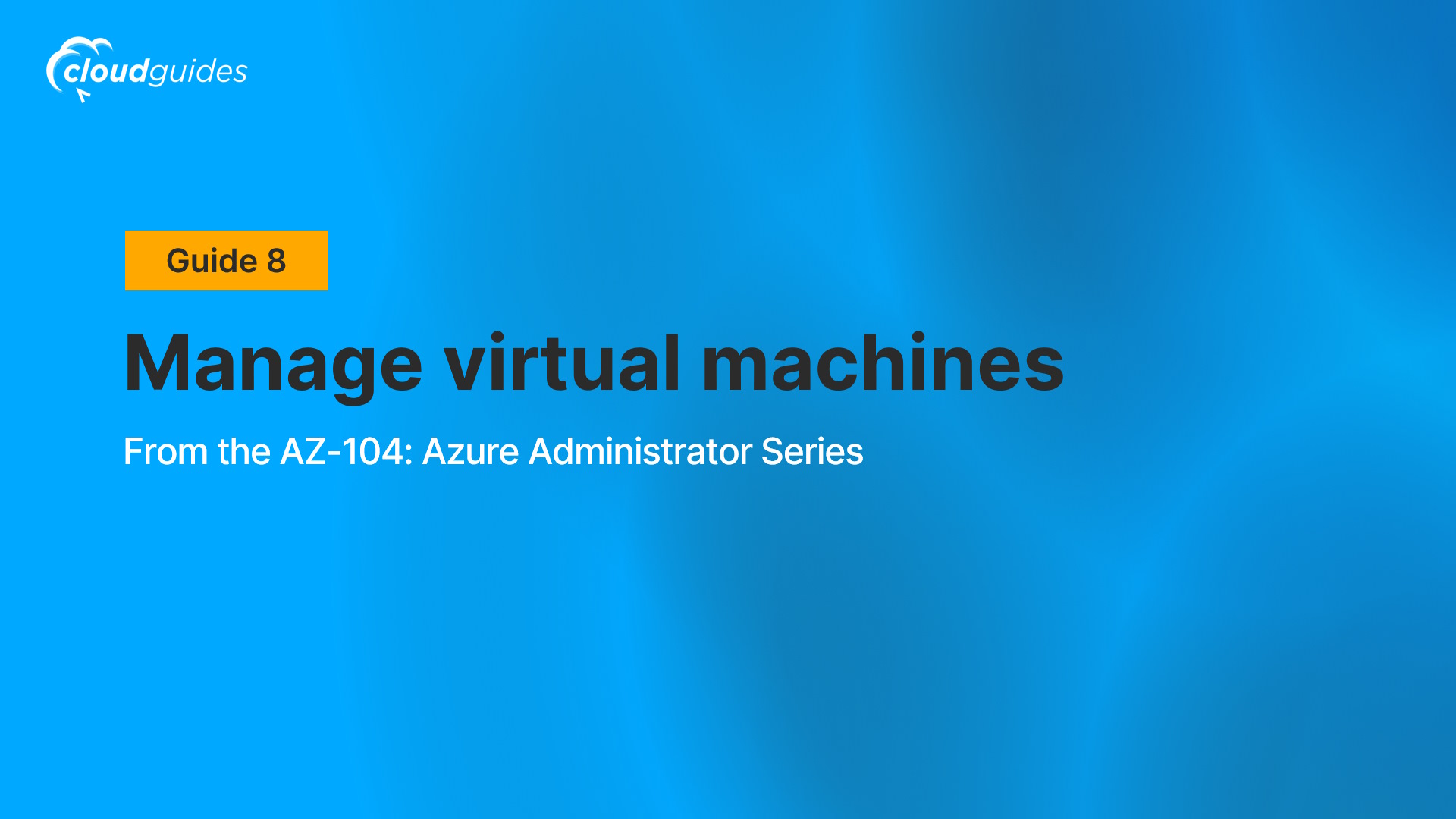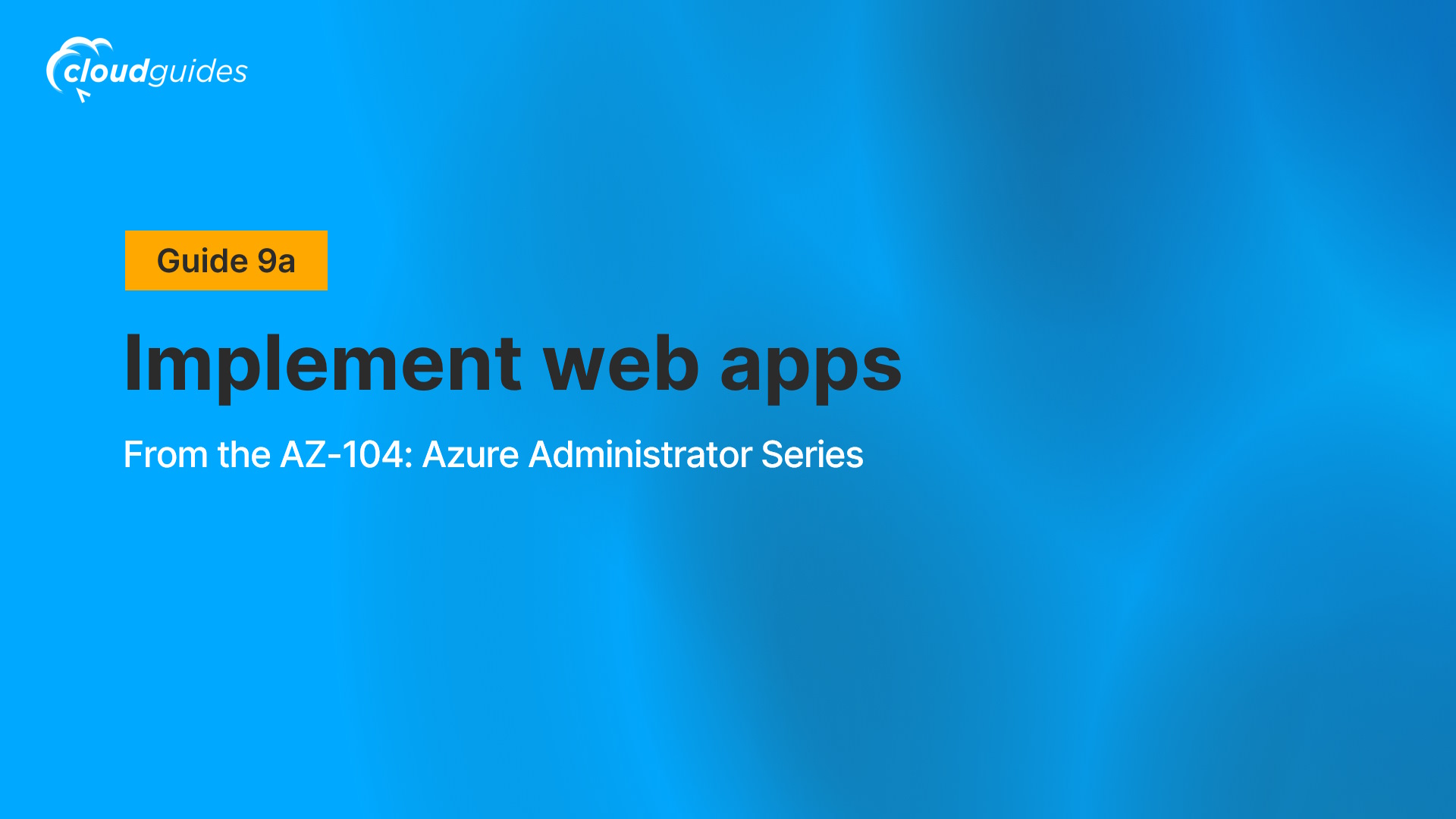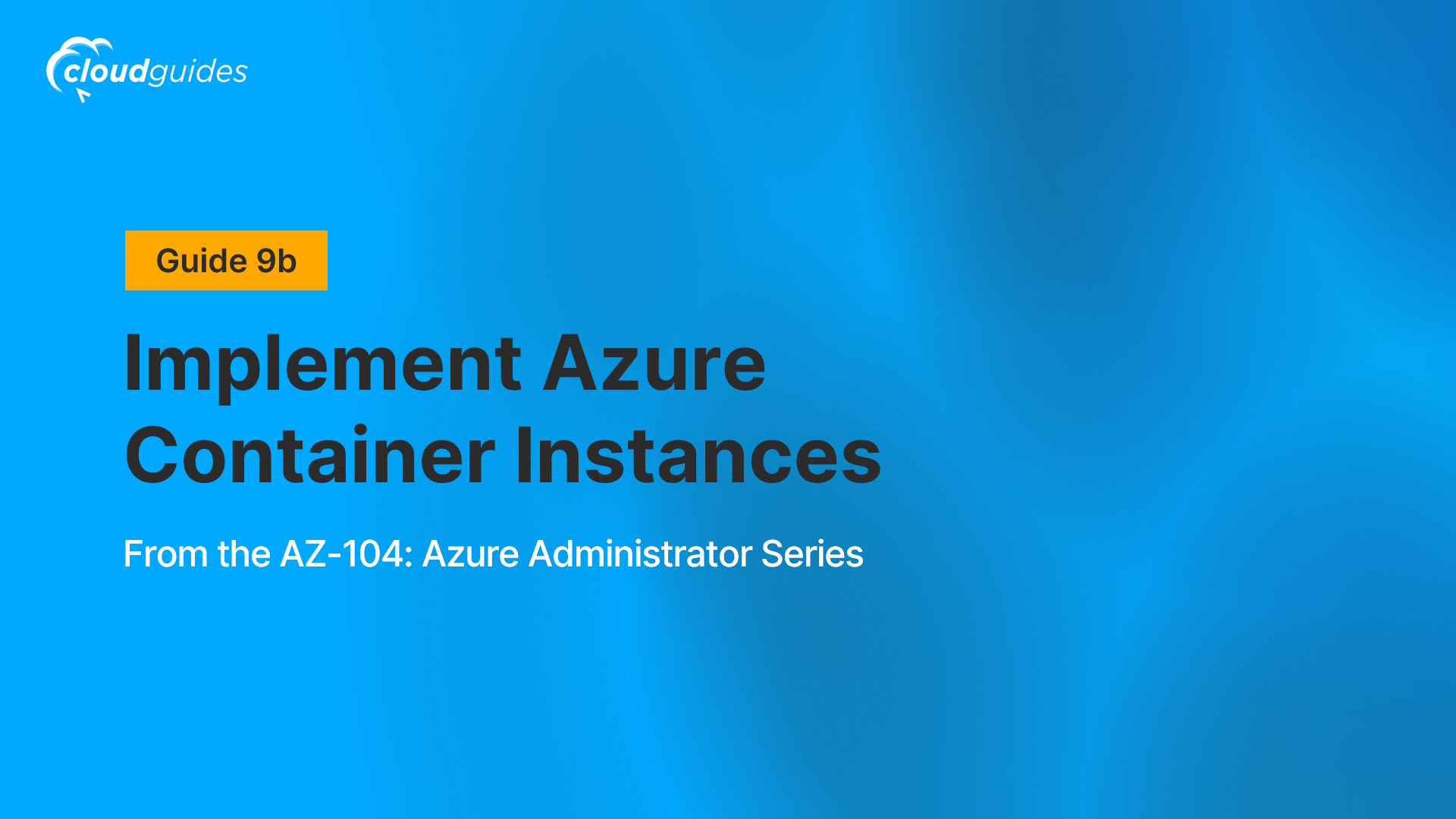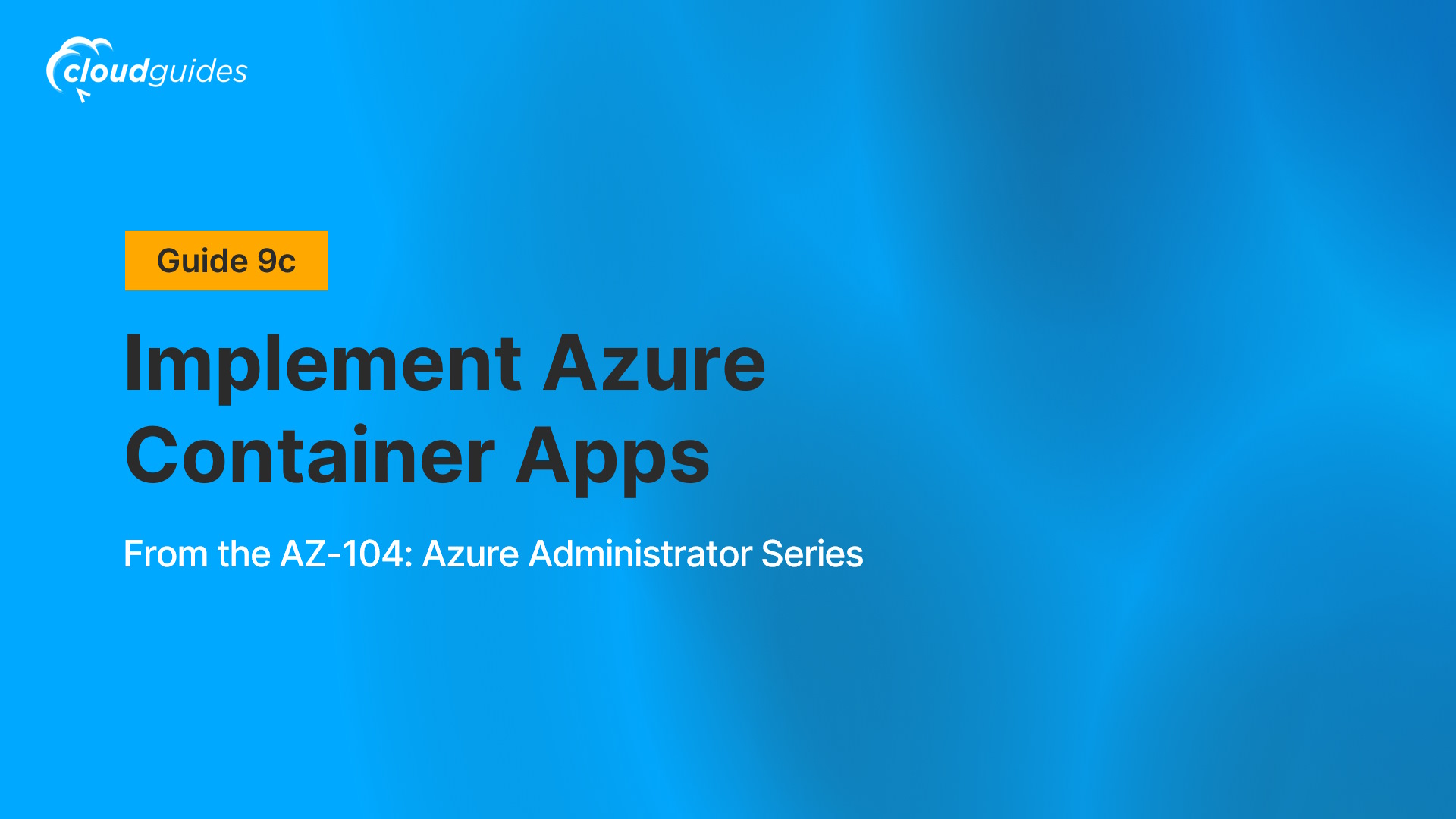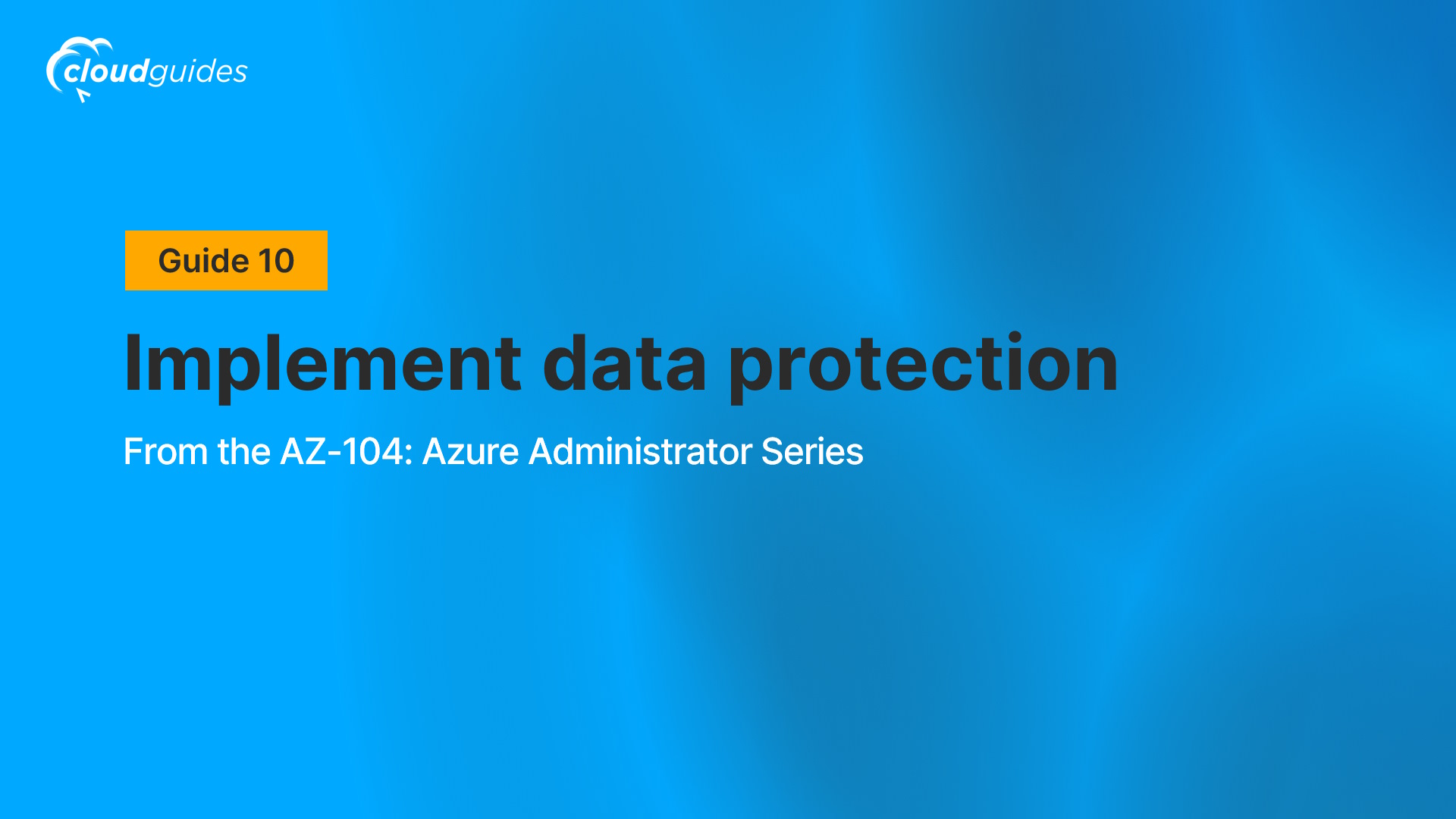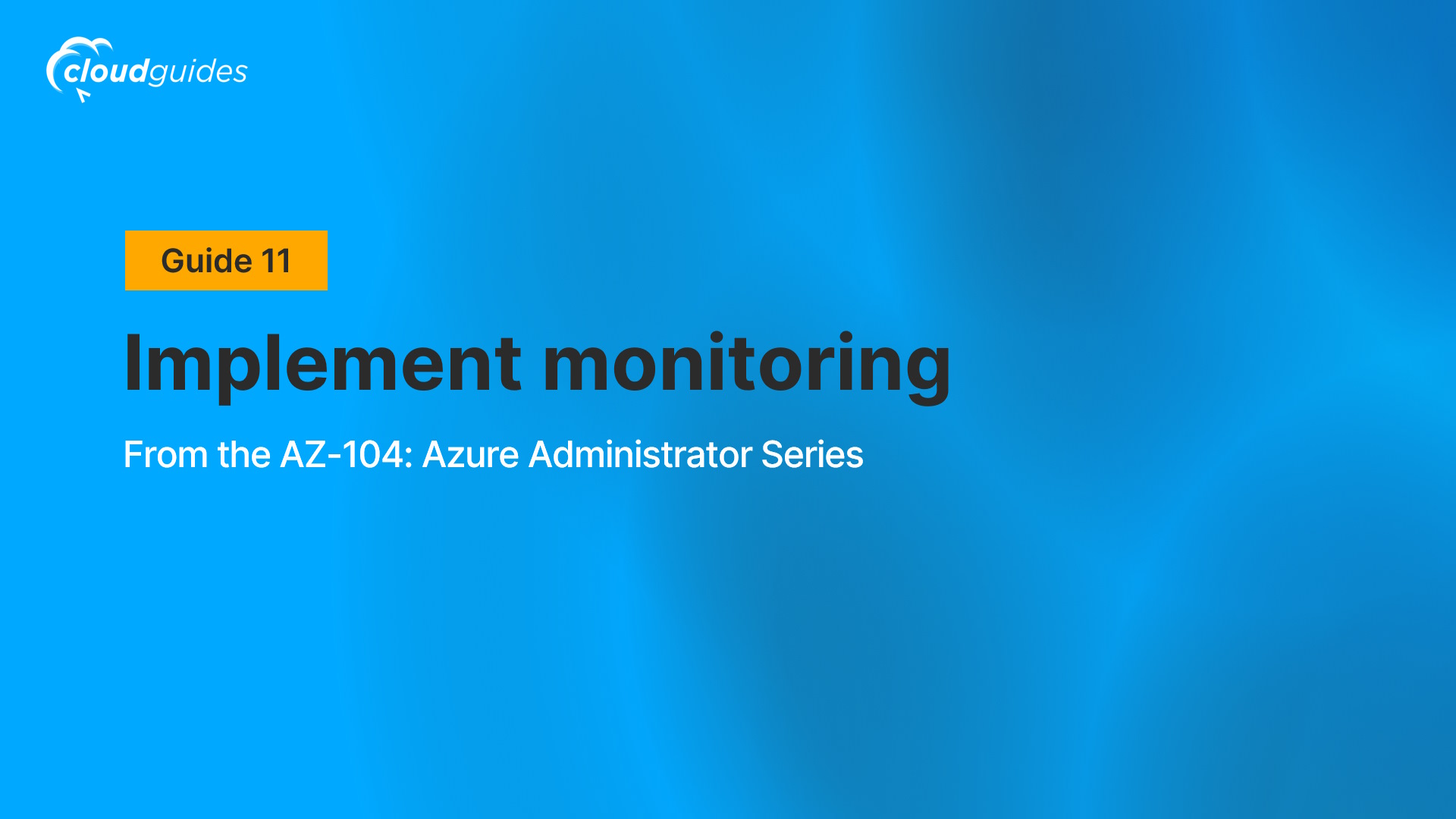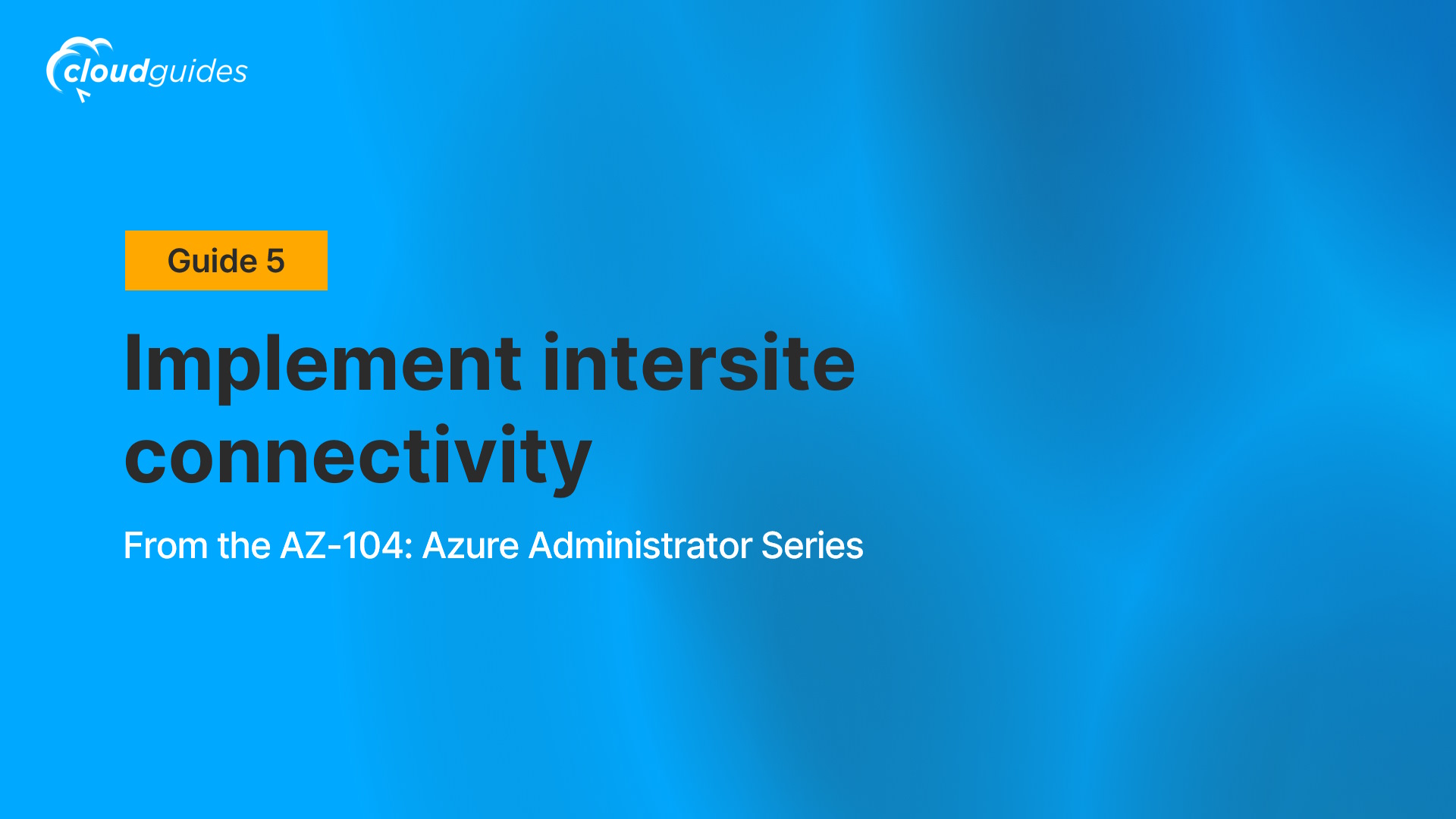
Implement intersite connectivity
About this guide
Scenario
Your organization segments core IT apps and services (such as DNS and security services) from other parts of the business, including your manufacturing department. However, in some scenarios, apps and services in the core area need to communicate with apps and services in the manufacturing area. In this lab, you configure connectivity between the segmented areas. This is a common scenario for separating production from development or separating one subsidiary from another.
Job Skills
Task 1: Create a virtual machine in a virtual network
Task 2: Create a virtual machine in a different virtual network
Task 3: Use Network Watcher to test the connection between virtual machines
Task 4: Configure virtual network peerings between different virtual networks
Task 5: Use Azure PowerShell to test the connection between virtual machines
Task 6: Create a custom route
As organizations around the world migrate solutions to the cloud, the ability to implement, manage, and monitor cloud-based solutions is highly valued in numerous industries.
Architecture Diagram
Key Takeaways:
- By default, resources in different virtual networks cannot communicate.
- Virtual network peering enables you to seamlessly connect two or more virtual networks in Azure.
- Peered virtual networks appear as one for connectivity purposes.
- The traffic between virtual machines in peered virtual networks uses the Microsoft backbone infrastructure.
- System defined routes are automatically created for each subnet in a virtual network. User-defined routes override or add to the default system routes.
- Azure Network Watcher provides a suite of tools to monitor, diagnose, and view metrics and logs for Azure IaaS resources.
Career Connections
With the increasing demand for expertise in cloud-based administration, professionals with the skills from this series can pursue job prospects in roles such as Azure Administrator, Cloud Engineer, Systems Administrator (Cloud Focus), DevOps Engineer, and Cloud Support Engineer.
As of 2025, average cloud-related salaries in the United States range from $68,215 for entry-level Azure Administrators to $130,000 for mid-career DevOps Engineers, with Cloud Engineers, Systems Administrators, and Cloud Support Engineers earning competitive pay based on experience and role demands. Please note that these figures are approximate, derived from online sources, and can vary based on factors such as location, industry, and company size.
